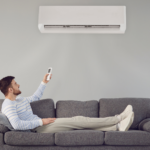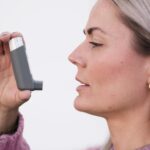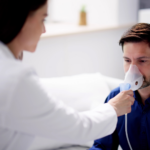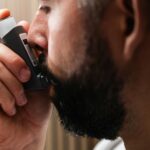Asthma can be unpredictable, with symptoms ranging from mild discomfort to severe attacks requiring immediate attention. Having a well-prepared asthma emergency kit at home ensures you or your loved ones can act quickly during an asthma flare-up. This guide will help you assemble a comprehensive asthma emergency kit to keep your household safe and prepared.
Why an Asthma Emergency Kit is Essential
An asthma emergency kit provides immediate access to essential medication and tools to manage sudden asthma symptoms. Whether triggered by allergens, weather changes, or infections, having everything in one place helps prevent panic and ensures swift action.
Essential Items for Your Asthma Emergency Kit
1. Rescue Inhaler (Quick-Relief Medication)
- The most critical item in your kit.
- Ensure the inhaler is within its expiry date and has enough medication.
- If using a metered-dose inhaler, keep a spacer to improve medication delivery.
2. Nebulizer (If Recommended by Your Doctor)
- Useful for individuals who need a more effective way to take their medication during severe attacks.
- Keep extra saline vials and medication ampoules prescribed by your doctor.
- Ensure the nebulizer is regularly cleaned and in working condition.
3. Peak Flow Meter and Oximeter
- Helps monitor lung function and detect early signs of an asthma flare-up.
- Record readings regularly to understand your normal range.
- An oximeter measures oxygen saturation levels and helps assess breathing difficulties.
4. Asthma Action Plan
- A written plan detailing what to do in mild, moderate, and severe asthma episodes.
- Should include emergency contact numbers, medication doses, and signs to watch for.
- Share copies with family members and caregivers.
5. Antihistamines and Allergy Medication
- For individuals whose asthma is triggered by allergies.
- Helps reduce reactions to allergens like dust, pollen, or pet dander.
6. Oral Corticosteroids (If Prescribed)
- Sometimes required for severe flare-ups.
- Follow your doctor’s instructions on when and how to use them.
7. Nasal Sprays and Decongestants
- If allergic rhinitis contributes to asthma symptoms, include saline sprays or prescribed nasal corticosteroids.
8. Face Masks
- Protects against airborne allergens, pollutants, and cold air, which can trigger asthma.
- N95 masks are effective for filtering fine particles.
9. Backup Batteries and Power Bank
- If you use an electric nebulizer, keep a power backup.
- A portable power bank ensures devices like mobile phones remain charged in an emergency.
10. Emergency Contact List
- Include numbers of your doctor, nearest hospital, and family members.
- Write them down in case your phone battery dies.
11. Bottled Water and a Small Snack
- Staying hydrated helps loosen mucus.
- A quick snack may be useful if asthma medication affects blood sugar levels.
12. First Aid Kit
- Include bandages, antiseptics, and basic first-aid supplies in case of any additional medical needs.
Where to Store Your Asthma Emergency Kit
- Easily Accessible Location: Ensure all family members know where the kit is stored.
- Multiple Kits: If possible, keep one in your bedroom, living room, and car for quick access.
- Waterproof and Portable Container: Store items in a sturdy, waterproof box or bag.
Maintaining Your Asthma Emergency Kit
- Check Expiry Dates: Regularly replace expired medications.
- Refill Supplies: Ensure your inhaler, nebulizer medications, and other essentials are always stocked.
- Update Information: Revise your asthma action plan if your medication changes.
Final Thoughts
An asthma emergency kit is a simple yet crucial step in managing asthma effectively at home. Being prepared can make all the difference during an asthma flare-up, reducing stress and improving outcomes.
Take time today to assemble your kit and ensure that everyone in your home knows how to use it. Being proactive can help you breathe easier and feel more secure knowing you’re ready for any asthma-related emergency.
Please share your experience in the asthma friend community.


